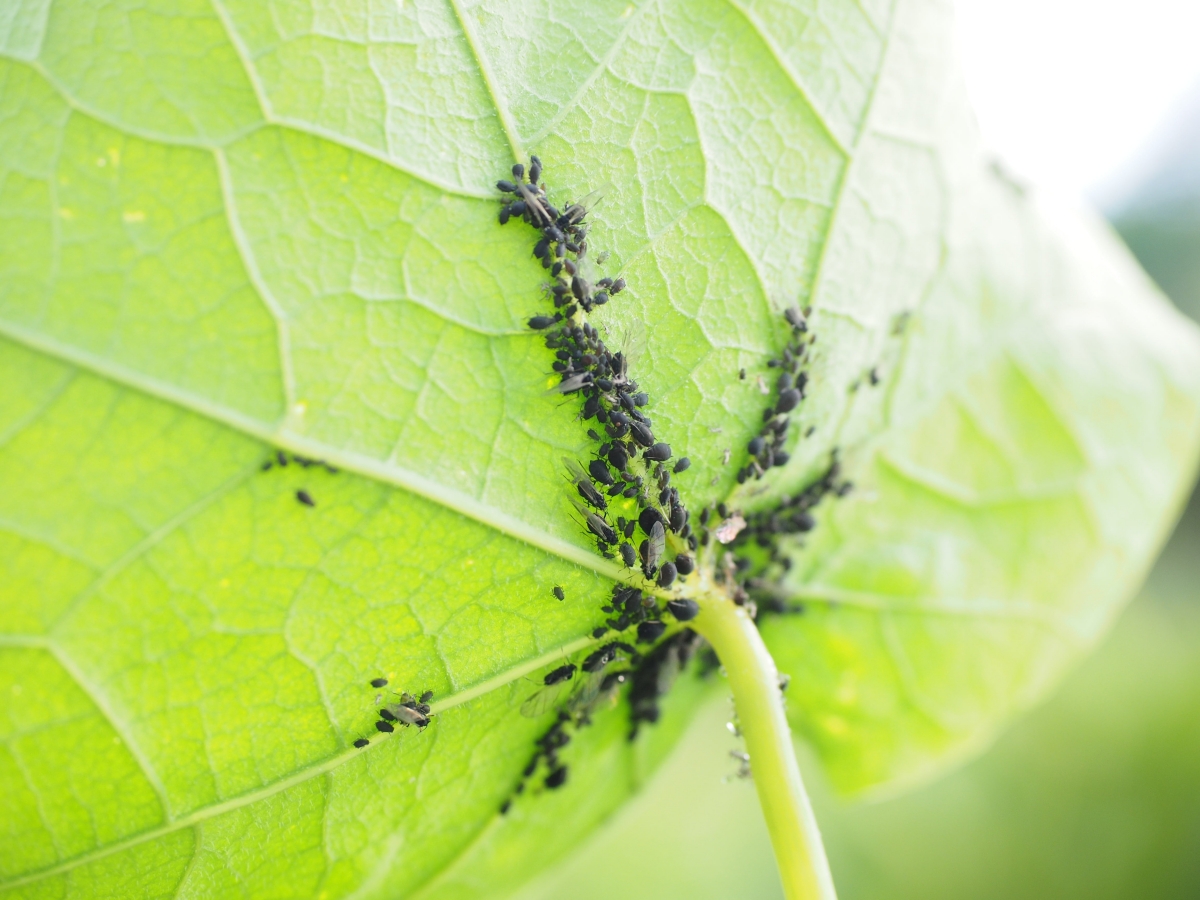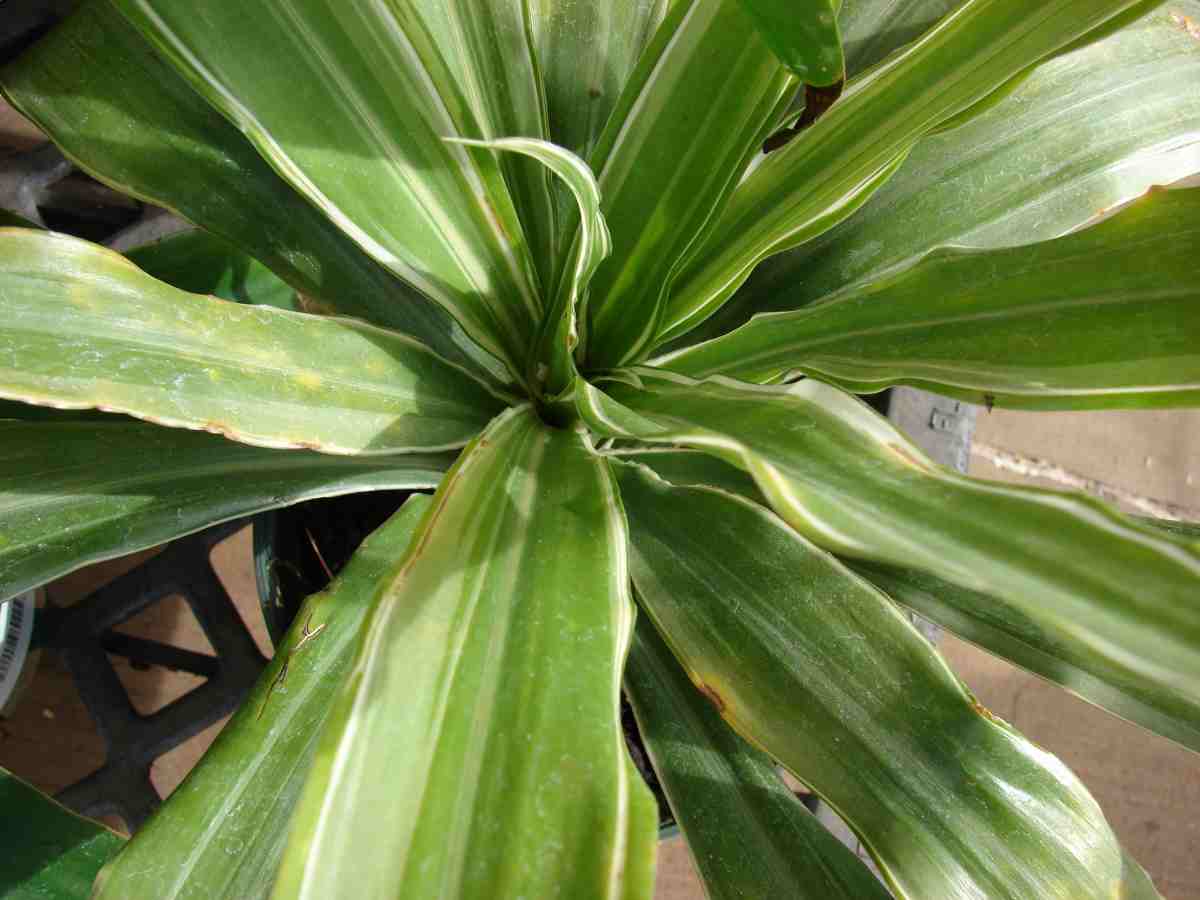
Image - Flickr / Forest and Kim Starr
The Brazilian trunk, also called water stick, is a perennial plant widely used in interior decoration. It can get very tall, reaching 2 meters and even exceeding it if it has the opportunity, and since it does not take up much space due to its relatively thin trunk, it looks great in any room. Nevertheless, we have to know that sometimes you will get sick, since no living being is exempt from being able to suffer from some disease throughout his life, no matter how much and how well he takes care of himself.
So if you want to know what are the pests and diseases of the trunk of Brazil and what you have to do to recover, in this article I will talk about it.
The trunk of Brazil o water stick It is a plant that is not always easy to care for and keep healthy: it needs a lot of light but not direct, a light soil so that the roots are not waterlogged when it is watered, and nutrients that it has to receive throughout the spring and summer.
In addition, it is important to control irrigation, because although it is sometimes called "water stick", in reality one of the worst things that can be done to it is to have it in a pot without holes, full of water, since it is not an aquatic plant, and therefore, It is not adapted to living in those conditions.
But we can't forget about the weather either: many of the pests that affect plants are more active when it is hot, that is, in spring and especially in summer. And if heat and dryness are combined, our Brazilian trunk can kill some in less time than we could imagine.
Having said that, Let's see what are the pests and diseases that can harm our plant:
Red spider
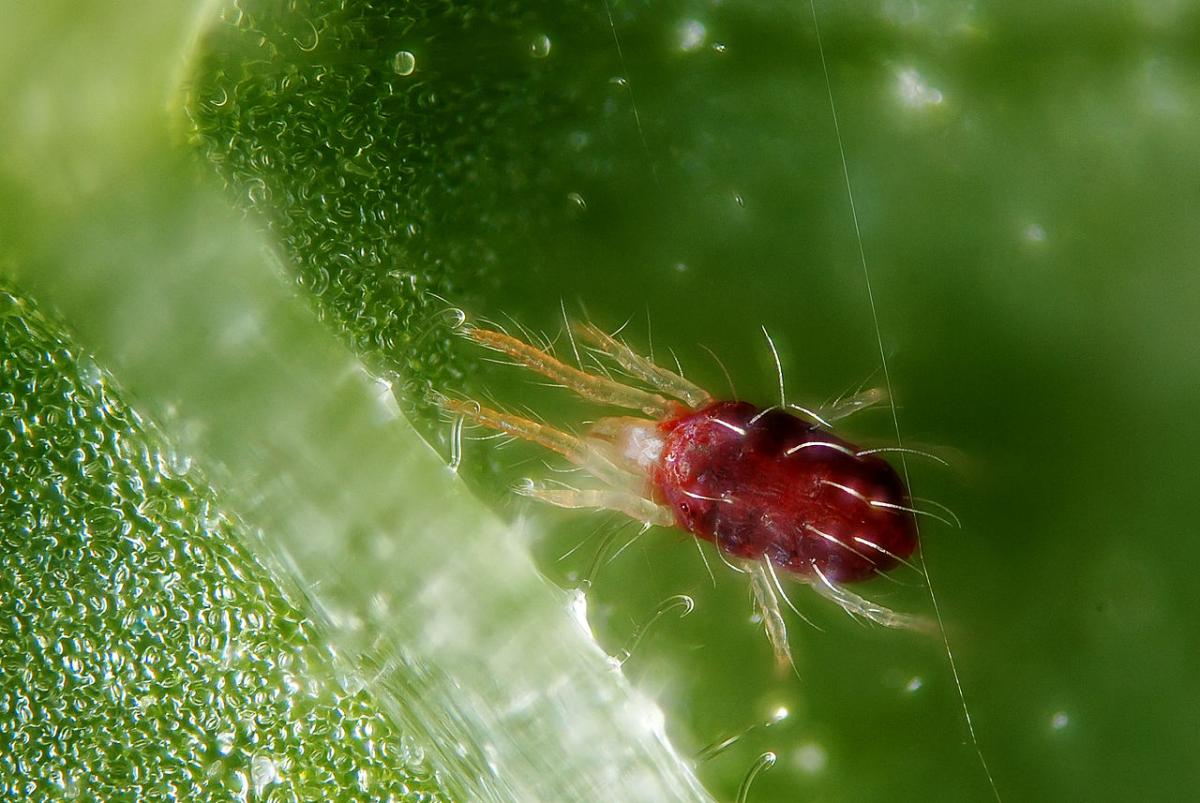
Image - Wikimedia / Gilles San Martin
La Red spider, despite its name, is a mite (not a spider), measuring about 0,5 centimeters. It feeds on the cells of the leaves, so you will find it on the underside of the leaves, where will leave small discolored or yellow spots that will turn brown later. Also, you will see that it weaves a kind of fine web to go from one leaf to another.
To combat it, you can do two things: one, apply an insecticide that is also acaricideas this spray de Compo, or clean the leaves with water and neutral soap, but this last treatment is only useful if the plague is not very widespread; that is, if you've only seen a few spider mites.
Mealybugs
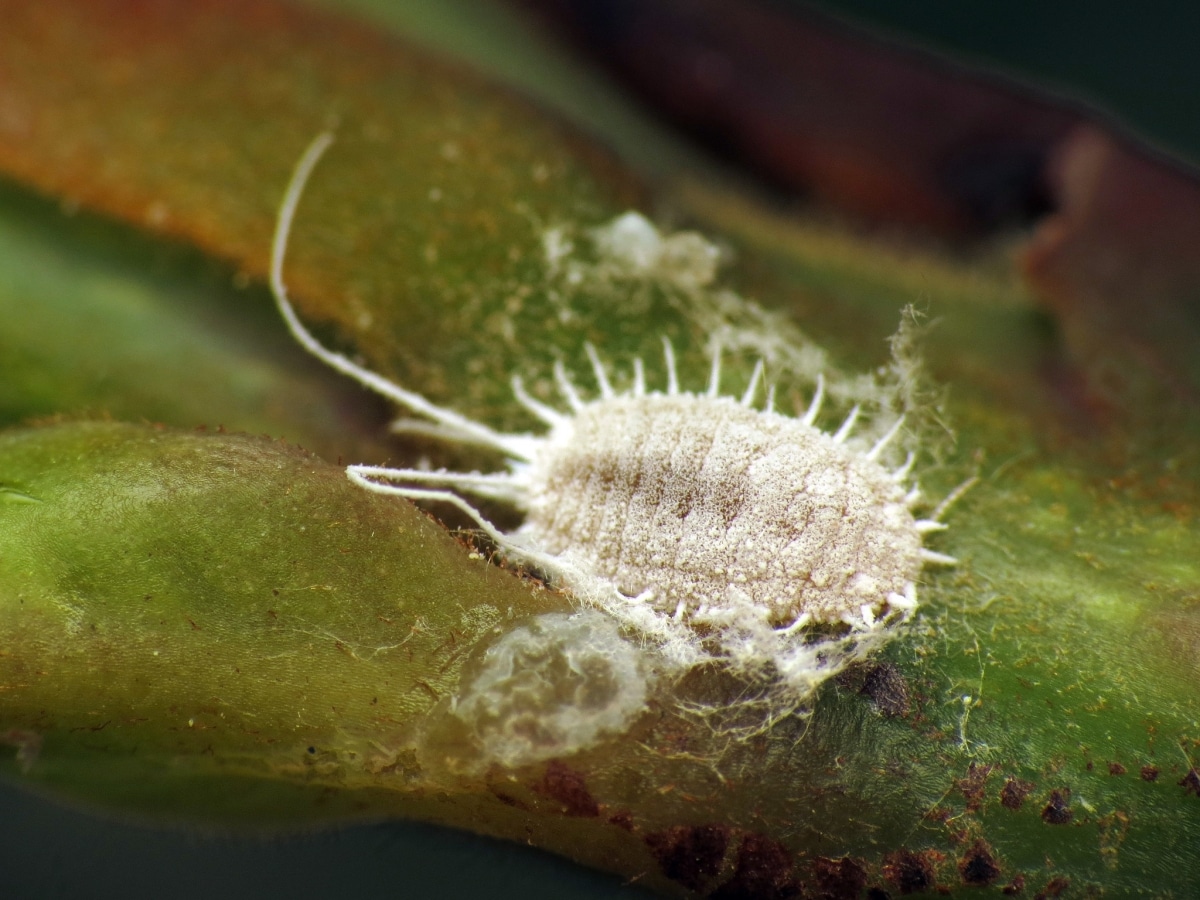
Image - Flickr / Katja Schulz
There are many types of mealybugs, such as the cottony, the ribbed, the one known as the San José louse… All of these damage plants. But the one that most affects the trunk of Brazil is the cottony one. It is called that because it looks like a cotton ball, and it breaks very easily. They perch on the underside of the leaves, and feed on their sap.
The symptoms are various: sticky leaves, bright green, with some discolored areas, or even deformed and/or honeydew. On some occasions, the bold fungus appears, since it is attracted to the molasses. When this happens, the leaves have a kind of blackish coating, which is more unsightly than anything else: by removing the mealybugs, the plant will recover.
To do it, should be treated with an anti-cochineal insecticide like this one they sell here, or if you prefer with diatomaceous earth, of which we leave you a video:
Aphids
The aphids They are very small insects, measuring about 0,5 centimeters, and they multiply rapidly in spring and summer. In fact, when we think there are only one or two on the plant, there really may be a few more. The worst thing is that they quickly become a major pest, which It feeds on the sap of the leaves, making them sticky due to the honeydew they secrete and deformed.
This molasses also attracts the black fungus, but as we said before when we talked about mealybugs, once the plague is eliminated, the fungus will disappear. And how do you fight aphids? You can do it with the same insecticide that we just recommended (this), or with other natural ones such as neem oil what can you buy here.
Mushrooms
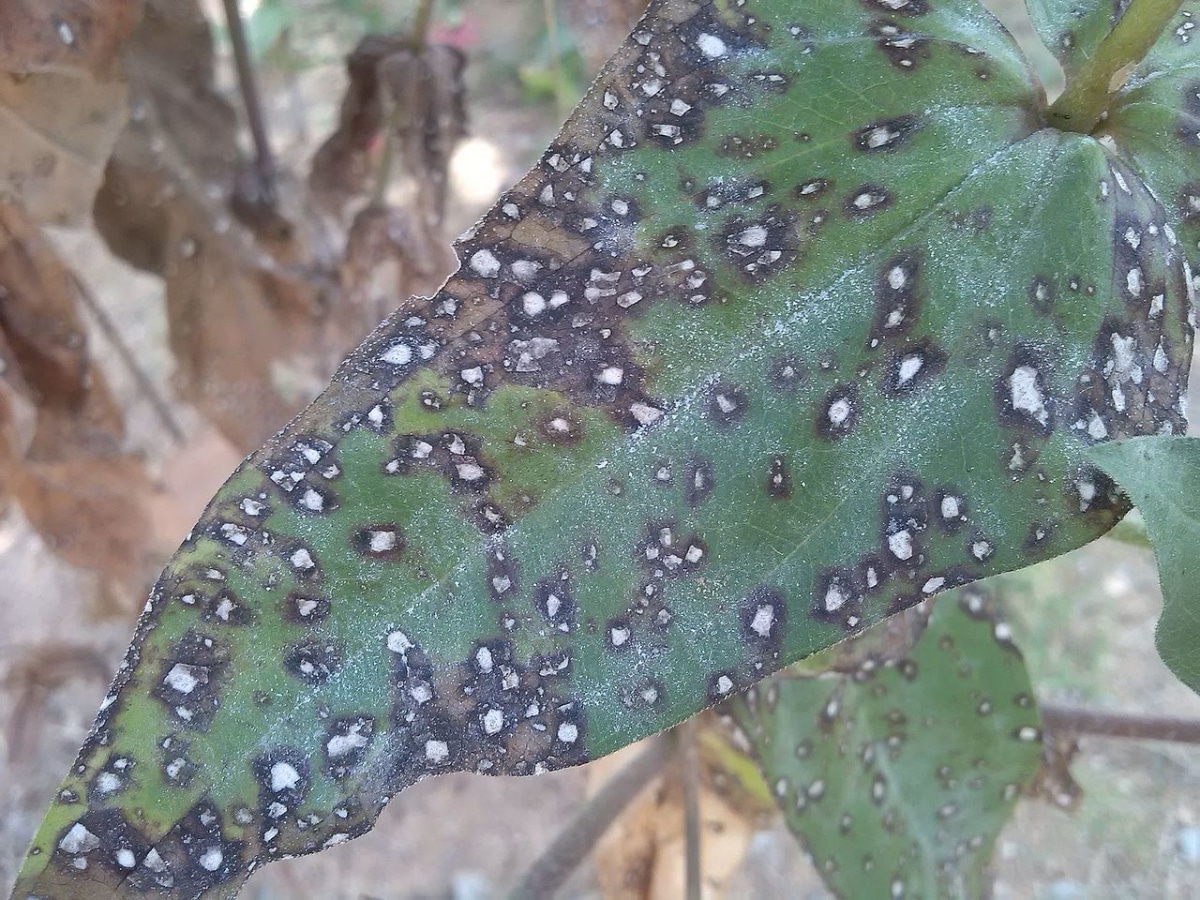
Image - Wikimedia / El informatico
Mushrooms they appear when the plant receives too much water, or when its leaves are sprayed with it daily despite the fact that the relative humidity of the place where it is is high. There are many types, but the one that most damages the trunk of Brazil is septoria, which produces grayish-brown spots on the leaves. But others can also affect you, such as mildew or powdery mildew, which cover the leaves with gray mold.
To do? In these cases, apply a systemic fungicide as No products found. and remove what is damaged to prevent the infection from spreading. But also, risks should be controlled more, trying to leave the earth a little before pouring water on it again. And, as a precaution, I recommend finding out about the degree of humidity in the area, since, as I said, if we are spraying a plant with water where it is very high, the fungi will appear quickly.
To do this, we simply have to Google "relative humidity of X", replacing the X with the name of the town or city where we live. Although it is much more advisable to buy a domestic weather station, to have that information always in sight, such as this:
I hope it has helped you to learn about the pests and diseases of the Brazilian trunk, and their treatment.
